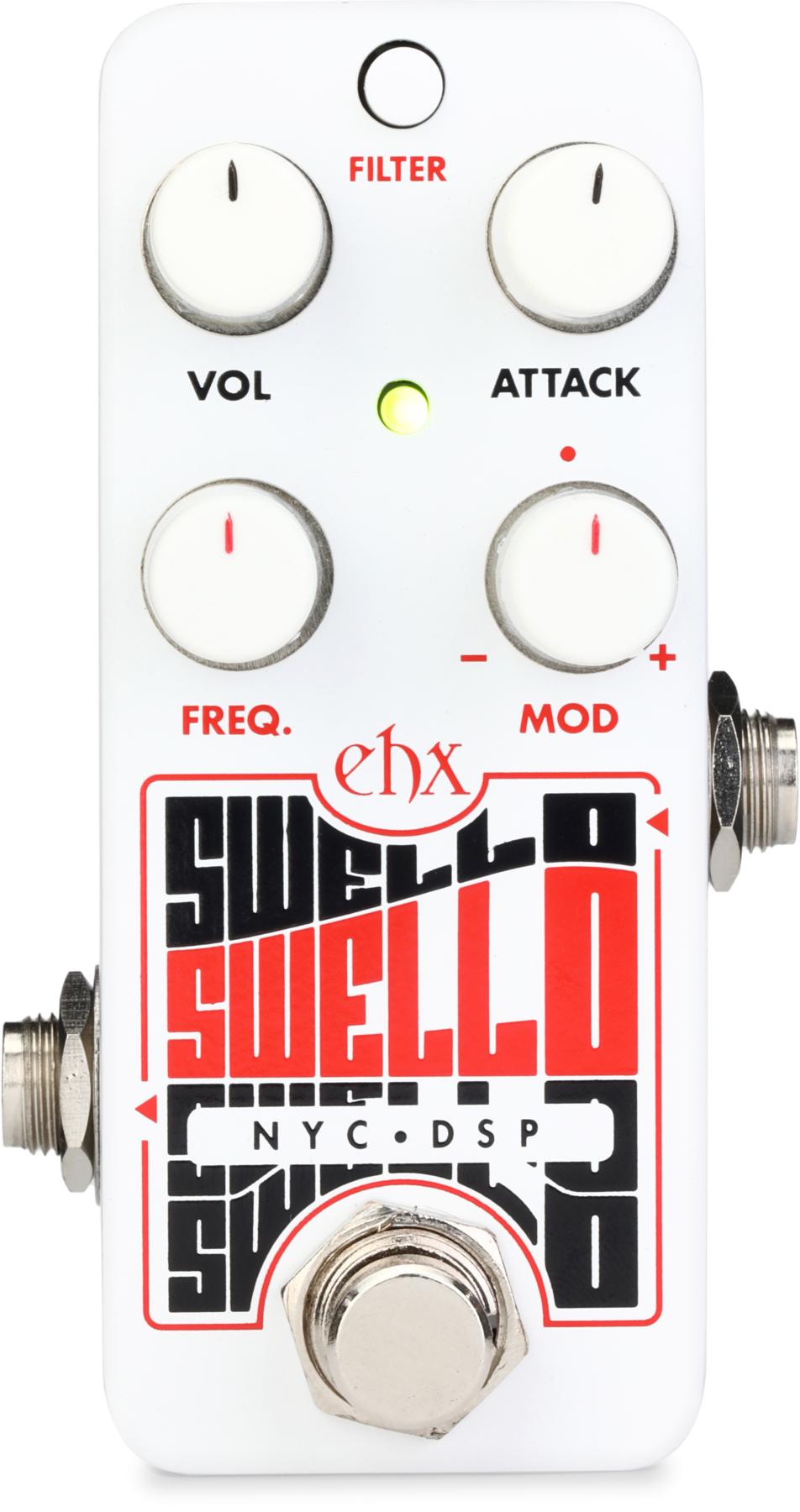Watch the Full Rig Rundowns:
Devin Townsend RundownScreaming Females Rundown
Doyle Wolfgang Rundown
Yvette Young Rundown
Nick Reinhart Rundown
KT Tunstall Rundown
The Darkness Rundown
Lukas Nelson Rundown
FIDLAR Rundown
Breeders Rundown
Click below to listen wherever you get your podcasts:
 |  |
 |  |





![Rig Rundown: Russian Circles’ Mike Sullivan [2025]](https://www.premierguitar.com/media-library/youtube.jpg?id=62303631&width=1245&height=700&quality=70&coordinates=0%2C0%2C0%2C0)


















